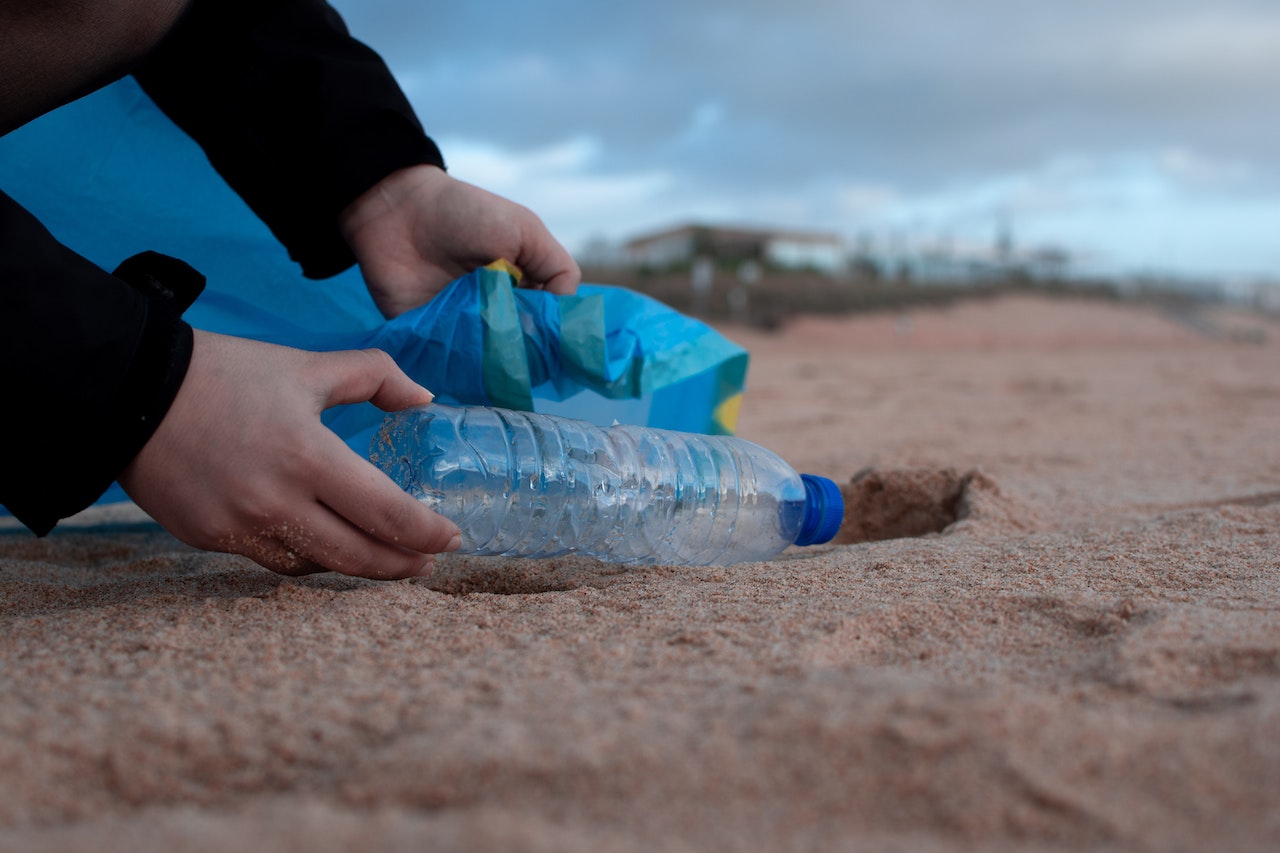Nestled along Spain’s eastern coast, Javea, or Xàbia in Valencian, boasts an idyllic setting that captures the hearts of both residents and tourists. With its golden beaches, turquoise waters, and rugged cliffs, this Mediterranean jewel is more than just a tourist destination; it’s a testament to nature’s splendor.
However, like many coastal areas worldwide, Javea’s picturesque settings are under threat from climate change. This article delves into the impact of climate change on Javea and the challenges and potential solutions that lie ahead.
Also read: 16 Things to do in Javea
1. Rising Sea Levels: Eroding the Coastline
As global temperatures rise, polar ice caps and glaciers melt at unprecedented rates. This melting contributes to the rise of sea levels, and Javea’s coastline isn’t exempt from its effects.
Javea’s beloved beaches, like the Arenal and Granadella, are experiencing increased erosion. Over time, the town may face the possibility of losing these beaches entirely, which would be not just an environmental catastrophe but also a blow to its tourism-dependent economy.
Moreover, the rising sea levels increase the risk of coastal flooding, especially during storm surges. Such flooding events can have catastrophic consequences for local ecosystems, infrastructure, and property.
2. Shifts in Local Climate: Threatening Traditional Agriculture
The Mediterranean climate of Javea, characterized by hot summers and mild winters, supports traditional agriculture like olive, almond, and citrus farming. However, increasing temperatures and changing rainfall patterns threaten these staples.
Extended drought conditions can lead to reduced yields and increased susceptibility to pests and diseases. On the flip side, unseasonal downpours can lead to flash floods, damaging crops and eroding fertile topsoil.
3. Ocean Acidification: Endangering Marine Life
The increased concentration of carbon dioxide in the atmosphere doesn’t only contribute to global warming. When absorbed by the ocean, CO2 undergoes chemical reactions, leading to ocean acidification.
Javea’s coastal waters, rich in marine biodiversity, are feeling the pinch. Coral reefs, mollusks, and certain species of plankton are particularly vulnerable to changing pH levels. A decline in these species can disrupt the food chain, affecting larger marine animals and the local fishing industry.
4. Impact on Tourism: Changing Vacation Dynamics
Javea thrives on tourism. As climate change accelerates, it alters the very attractions that draw people. Rising temperatures can make summer visits uncomfortably hot, potentially shortening the tourist season or shifting it to milder months.
Additionally, if Javea’s beaches erode or if marine biodiversity declines, the town loses some of its primary attractions. This potential decrease in tourism could impact local businesses and employment rates.
5. Changes in Flora and Fauna
With the shift in climate patterns, native species of plants and animals, adapted to Javea’s traditional climate, might struggle to survive. Some species may migrate northwards seeking cooler temperatures, while others might face the risk of extinction. Invasive species, better suited to the changing conditions, might find Javea more hospitable, potentially outcompeting native species and altering the local ecosystem.
6. Infrastructure and Urban Planning Challenges
As sea levels rise and weather events become more unpredictable, Javea’s infrastructure faces increased pressure. Roads, sewage systems, and buildings, especially those close to the coast, are at heightened risk of damage from flooding and erosion.
Urban planning will need a significant overhaul, with a focus on sustainable and resilient designs. Future developments will need to account for potential sea-level rises and ensure that infrastructure can withstand extreme weather events.
Potential Solutions and The Way Forward
While the challenges are many, Javea isn’t powerless against the tide of climate change.
1. Coastal Defenses: Building natural and artificial barriers, like sea walls, dunes, and mangroves, can help combat beach erosion and provide a buffer against rising sea levels.
2. Sustainable Agriculture: Adopting drought-resistant crops, innovative irrigation techniques, and sustainable farming practices can help local agriculture adapt to changing climate patterns.
3. Marine Conservation: Establishing marine protected areas can provide refuges for vulnerable species. Additionally, promoting sustainable fishing practices will ensure that marine ecosystems remain balanced and resilient.
4. Eco-Tourism: Embracing and promoting eco-tourism can not only diversify Javea’s tourist offerings but also spread awareness about the importance of conservation.
5. Community Engagement: The local community can be mobilized to undertake beach clean-up drives, tree planting events, and conservation awareness campaigns. Educating residents about water conservation, sustainable practices, and the importance of reducing carbon footprints can make a significant difference.
Conclusion
Javea, with its stunning coastline and rich heritage, is a treasure that deserves preservation. While the impacts of climate change are undeniable and increasingly visible, proactive measures and community engagement can help mitigate the worst effects. With a combination of local initiatives, governmental support, and global cooperation, Javea can adapt and continue to enchant visitors and residents for generations to come.


